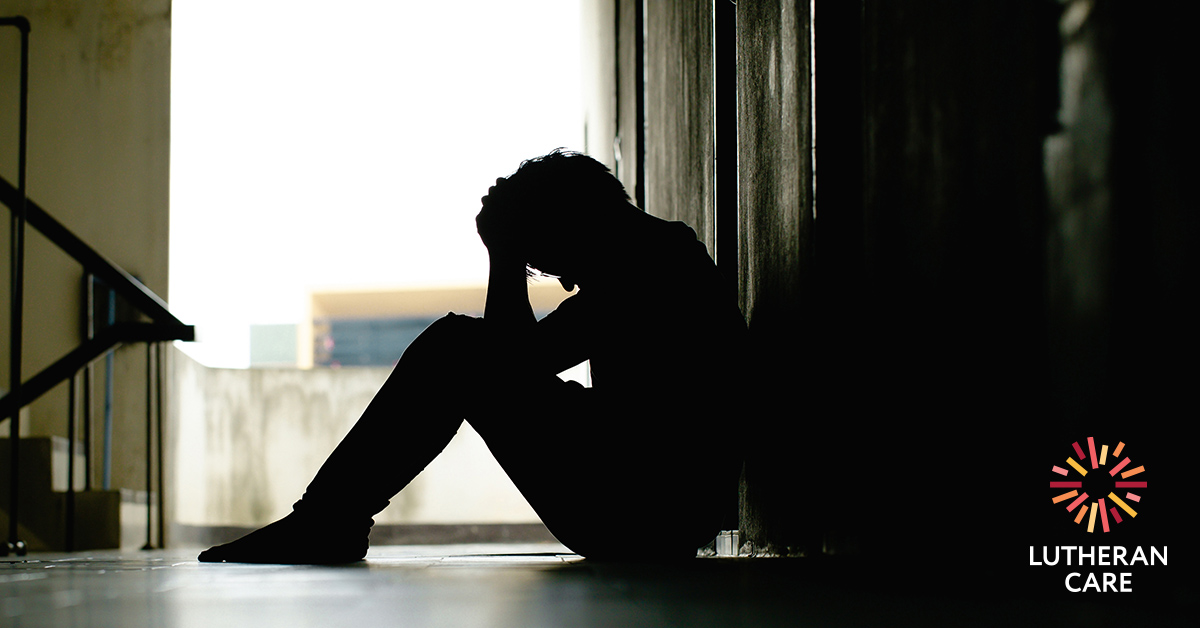What is the homelessness situation right now?
We are currently experiencing an emergency state of homelessness.
According to the latest Australian Bureau of Statistics (ABS) figures (2016) there are 6,224 South Australians experiencing homelessness. Nationally, the Census identified 116,427 people experiencing homelessness, which is one in every 200 Australians.
But these figures are from a pre-Covid world, before the current cost of living crisis and the impossible rental and housing market we find ourselves in. The prevalence of homelessness is only expected to continue growing with the economic headwinds forecast.
One in seven people facing homelessness will experience rough sleeping (ABS, 2016). For many people, this is the visible face of homelessness.
The latest (November 2022) figures from the Adelaide Zero Project, show there are 217 people experiencing homelessness in the CBD. This includes 153 sleeping rough in the inner city and 45 people temporarily sheltered (19 others were unaccounted for during the reporting period).
But there is also a growing invisible, or ‘hidden’ homelessness problem, with people being forced to couchsurf or stay in motels, caravans, cars or tents in cities and towns across South Australia.
We are seeing people from all walks of life, including dual income families, professional people, university graduates and lifetime renters or homeowners, moving into homelessness because they are not able to afford or secure a safe and appropriate home.
First Nations people are vastly overrepresented in homelessness statistics, with seven of every 200 Aboriginal or Torres Strait Islander people experiencing homelessness (ABS). Another overrepresented cohort are ex-service people (RSL Care SA).
A steadily increasing cohort are the over 55 year olds, particularly women, who can be more likely to remain in abusive or unsafe situations (ABS).
More and more people are coming to us at crisis point. In just two years, demand for Lutheran Care’s Emergency Relief services, including emergency food parcels, clothing, blankets and referrals to other supports, has ballooned by 260 per cent. The number of these clients also experiencing homelessness or housing insecurity have increased by 30 per cent since the end of financial year 2020-2021.
It is becoming difficult for service organisations like ours to keep up.
Why do people experience homelessness?
There is not a one-size-fits-all when it comes to homelessness.
According to the May 2022 report prepared by the Centre for Social Impact, The Funding of Western Australian Homelessness Services , the key drivers of homelessness are: “Housing supply and affordability, poverty, economic and employment opportunities (or lack thereof), physical and mental health outcomes, family and domestic violence (FDV), and social and community connections (or lack thereof)…”
Relationship breakdowns, family estrangement, trauma, addiction, or needing to travel to a different region for family, legal or health reasons and lacking transport or funds to return home, are some of the many factors that can lead to someone experiencing homelessness.
The reasons can be multi-layered and complex. However the simple lack of appropriate, affordable homes for people who need one is currently one of the key reasons people are being forced into the homelessness system.
What can be done?
Lutheran Care is committed to working with our partners in the Toward Home Alliance and our other sector partners to prevent and end homelessness.
We believe homelessness is solvable, but it will take a whole of community approach.
We need big business, small business, all sectors of government, non profits, landlords, the housing industry and everyday people to work together.
Terra Firma our repurposed Adelaide CBD backpackers’ hostel that provides people experiencing and at risk of homelessness a short term (12 week) accommodation option with accompanying support, is one example of the not-for-profit sector and corporate sector (Harcourts Packham) working together.
Our government funding is limited, so we rely on our supporters to help us continue to offer crisis relief services, which provide immediate material assistance to people experiencing homelessness and hardship, together with early intervention and wraparound services which help people access tools and strategies to be able to change and improve their and their families’ lives for the long term.
In the meantime, we will continue to look at new ideas and partnerships to help prevent and end homelessness, and advocate for more focus on early intervention, and more affordable housing.
Can you help? Donate now.
Interested in starting a corporate partnership? Contact us here.
This information about the reality of homelessness has been compiled in support of Behind the Guise of Homelessness, a living art installation in partnership with surrealist artist Andrew Baines.
Please find out more here.

